Filter & Sort
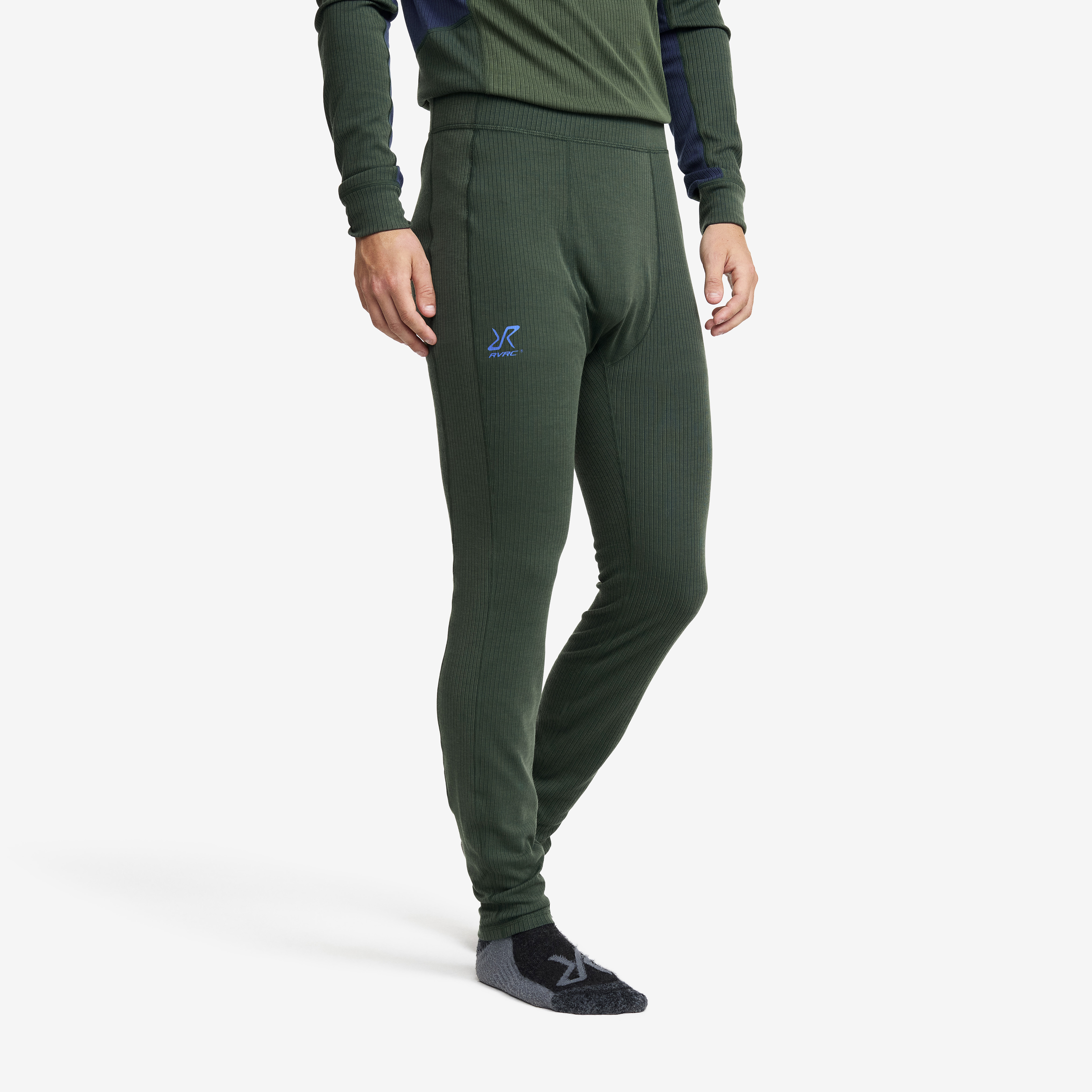
Movement Trousers
Men
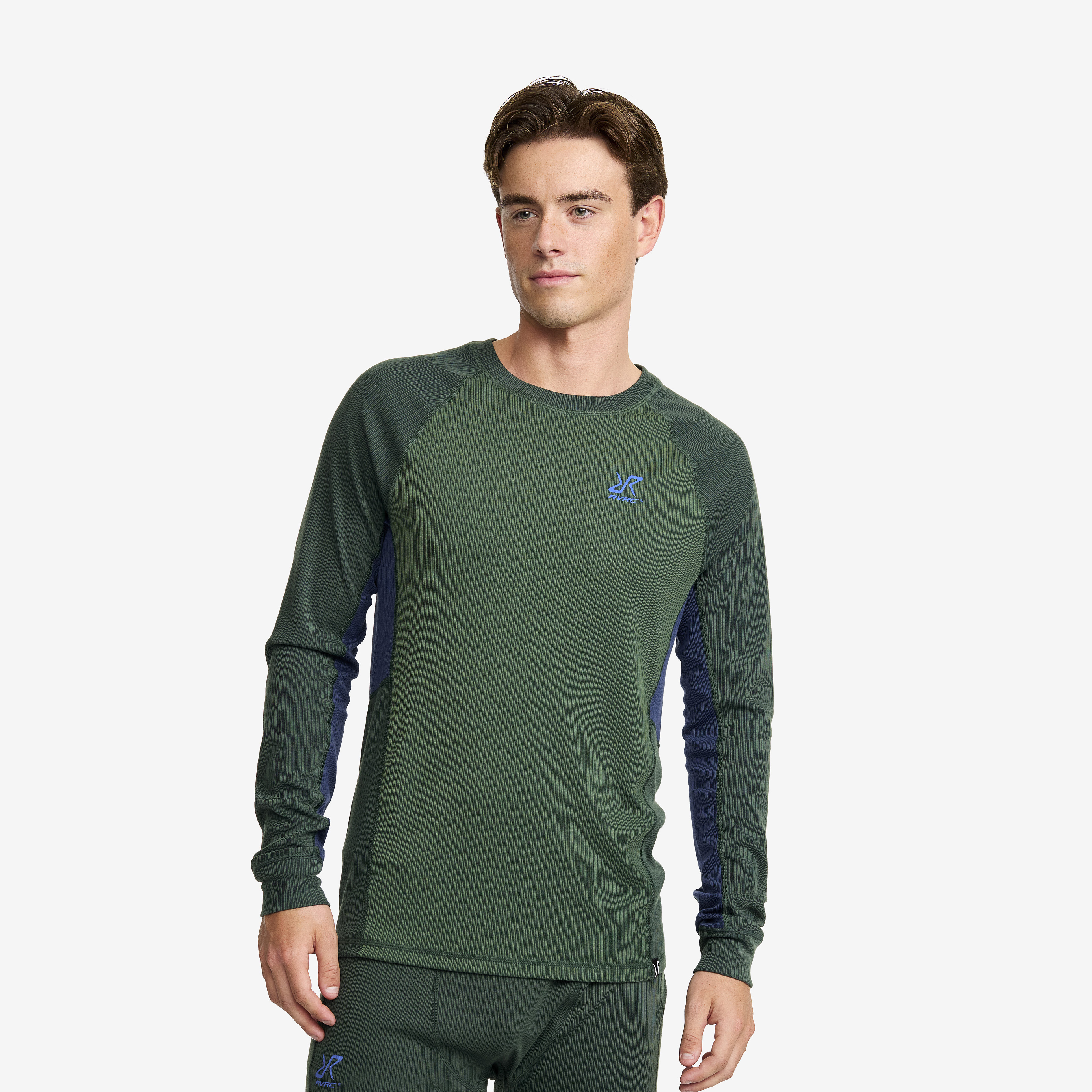
Movement Ls Top
Men
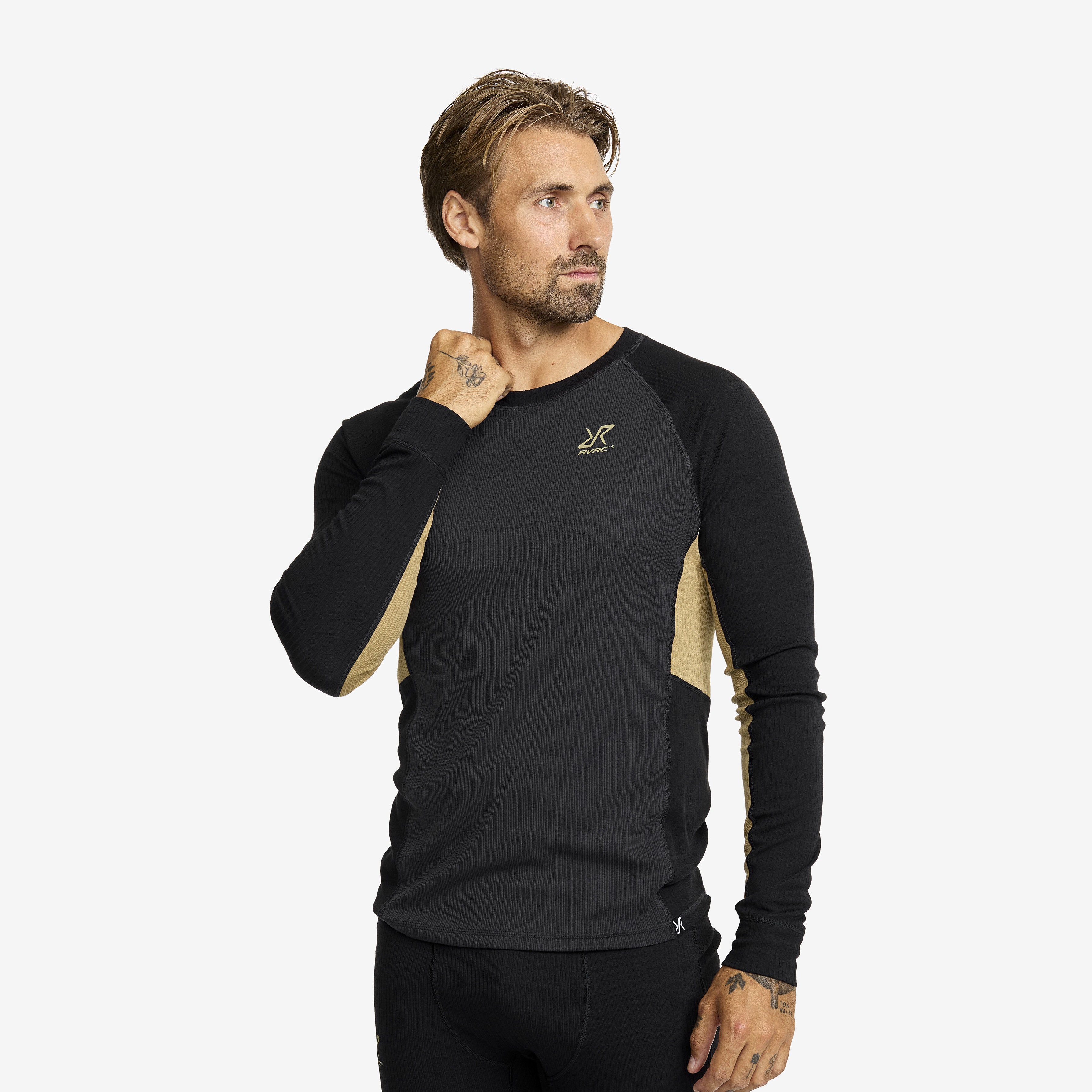
Movement Ls Top
Men
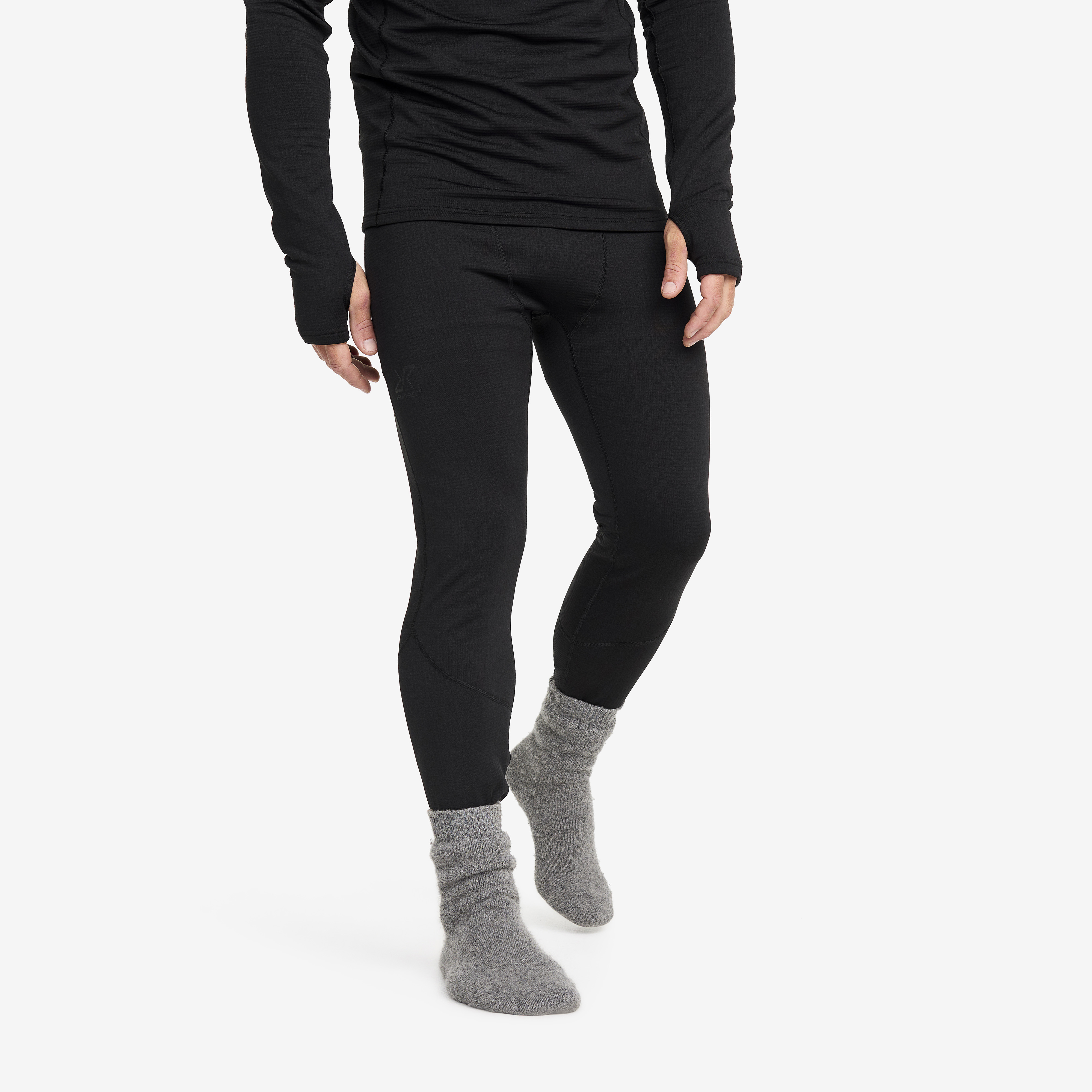
Waffle Baselayer Trousers
Men
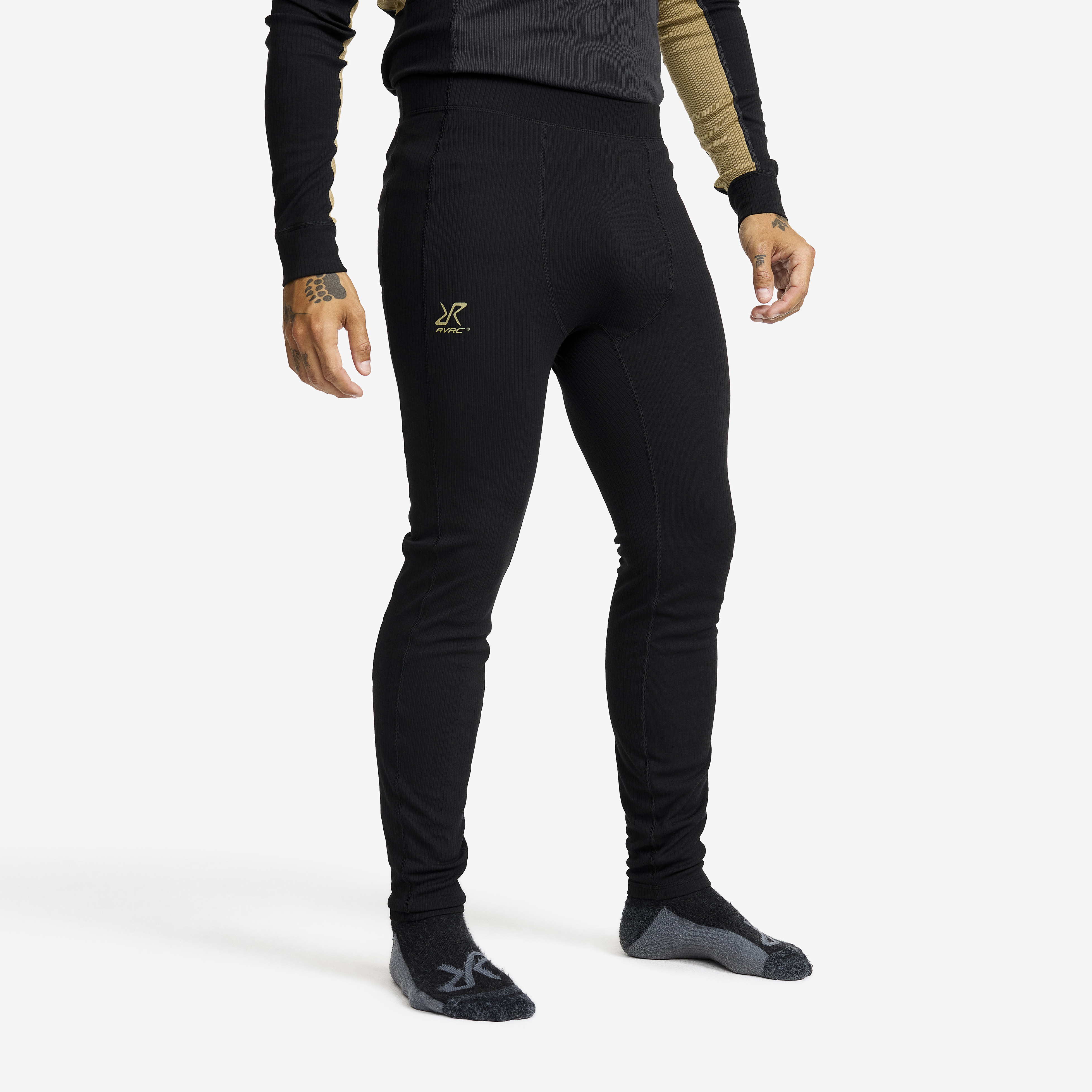
Movement Trousers
Men
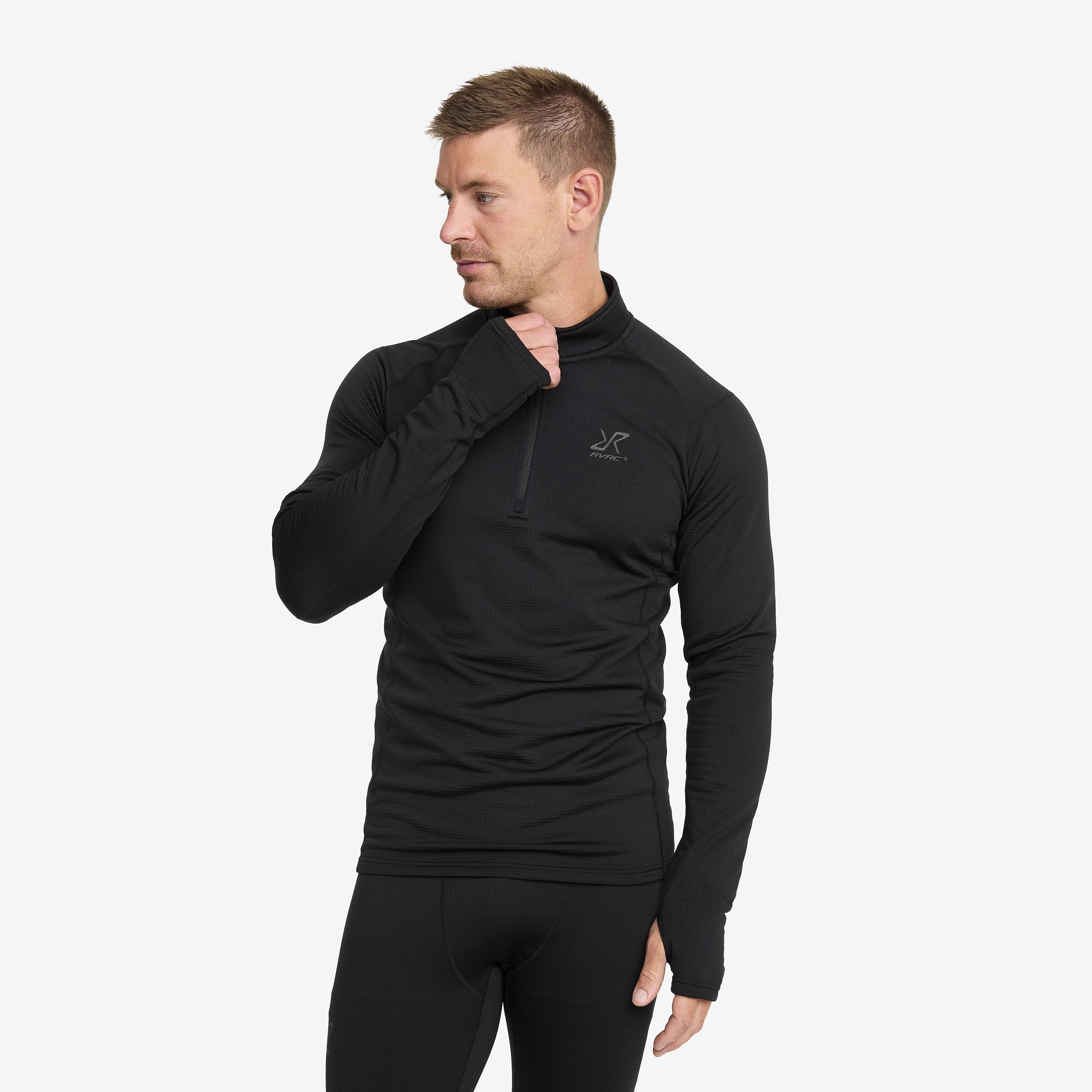
Waffle Half-zip Baselayer Top
Men
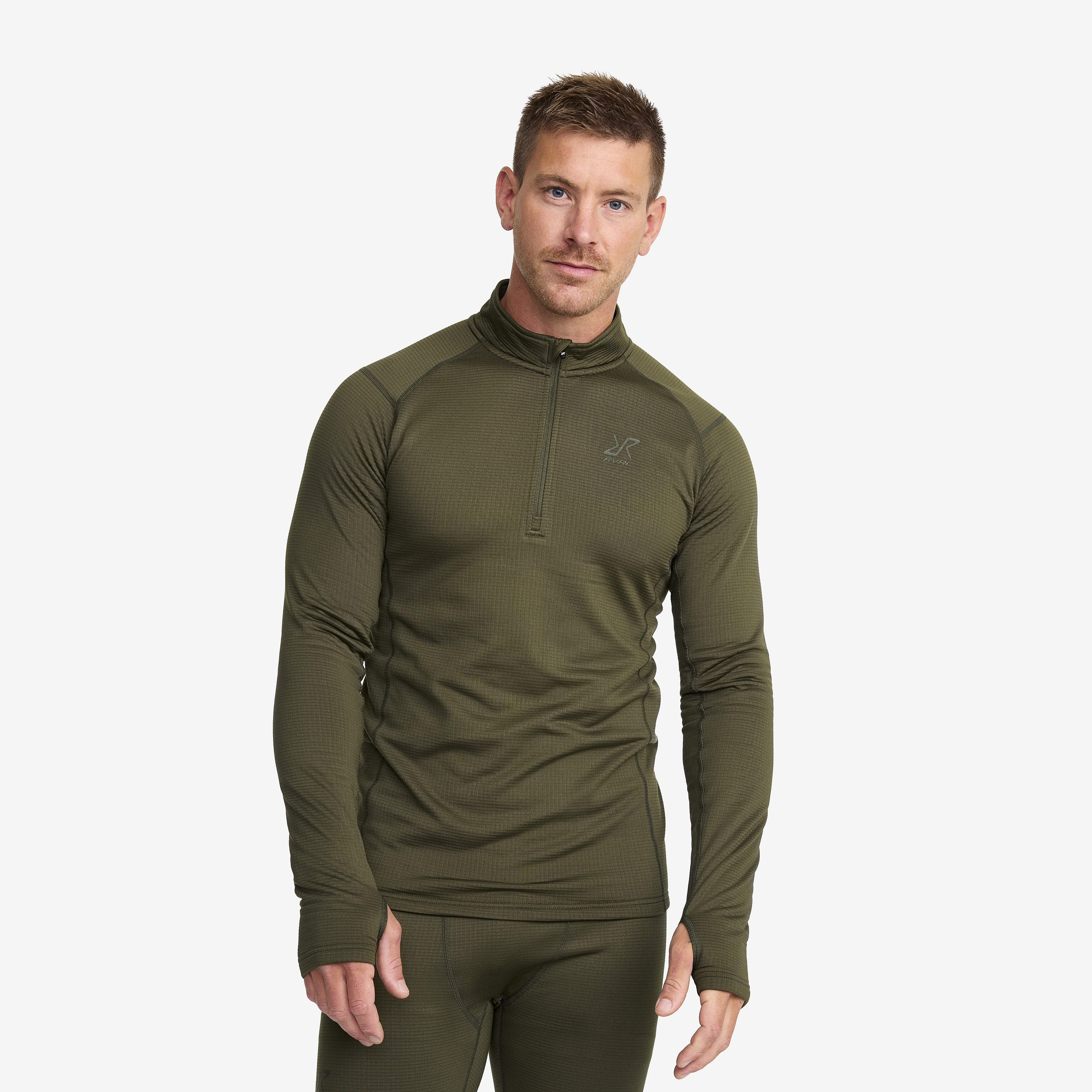
Waffle Half-zip Baselayer Top
Men
Related categories
Frequently asked questions
How should a base layer fit?
A base layer should fit as close to the skin as possible without being so tight that it restricts movement. The purpose of a base layer is to wick moisture away from the body to keep you dry and warm, which is much more effective if it fits snugly against your body. Our base layer tops are slightly longer to prevent cold drafts, so they don't gap at the back, keeping cold air out. For the same reason, base layer pants or long johns often have a high waist, which also helps them stay in place without sliding down.
Which thermals are the warmest?
The warmth of thermals depends on the material and thickness. Wool is generally warmer than polyester, and the thicker the material, the warmer the base layer. The design also plays a significant role in retaining heat. For example, the inside of the fabric can be brushed or have a waffle texture that better traps warm air. A higher collar or an integrated balaclava can also help prevent cold air from reaching the skin.
What is the best material for a base layer?
Base layers made with synthetic materials like polyester are very durable, stretchy, and quick drying. They have good moisture-wicking properties and dry quickly, keeping you dry and warm. These base layers are excellent for intense activities.
Base layers with wool have good temperature-regulating properties, meaning they keep you warm when it's cold and cool you down when it's warm. A set of base layers with wool is ideal for activities with varying intensity, such as downhill skiing, where you alternate between intense runs and sitting still on the lift. Merino wool is often used in base layers because it is softer against the skin and doesn't itch like regular wool.
Base layers made of a blend of wool and synthetic materials give you the best of both worlds! Synthetic materials tend to start smelling after a while. Here, wool's antibacterial properties improve the performance of the blended material. Wool can be sensitive to wear, but polyester makes the base layer more durable and easier to care for when washing.
Which base layer is right for you?
Hiking: Choose a base layer made of wool or a blend of wool and synthetic materials. Wool insulates well even when it gets damp, and a combination with synthetic materials makes the garment more durable and resilient.
Skiing: For cold days, a thicker base layer made of wool or a wool blend is perfect, thanks to its ability to retain heat and regulate body temperature. A synthetic layer next to the skin can be smart for effectively wicking away moisture in milder temperatures or if you sweat a lot. To avoid unnecessary bulk in ski boots, you can choose base layer pants with shorter legs that are ¾ length. By pairing them with knee-high ski socks, you stay warm without adding an extra layer of fabric that can cause chafing.
Running/Training: Synthetic base layers are ideal here. They wick away moisture and dry quickly, helping you stay comfortable even during breaks. Make sure to choose a base layer with good stretch for full freedom of movement.
